The regulations regarding the use of motorized luggage, rideable suitcase, or electric luggage like Airwheel luggage on public roads in Europe can vary from country to country. Generally, these devices are considered personal mobility devices or electric vehicles, and their usage may be regulated similarly to electric scooters or segways.
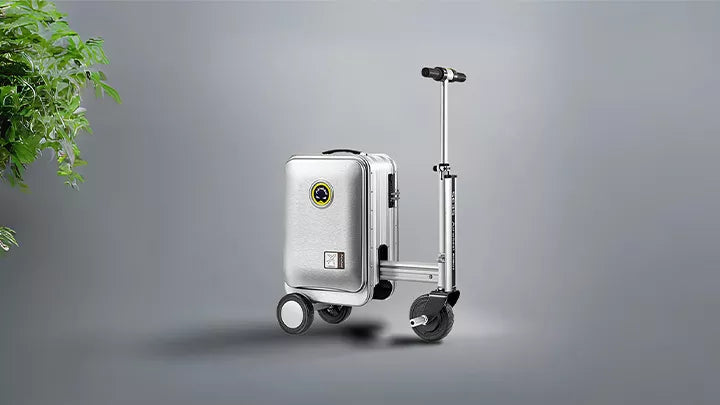
Whether you can ride motorized luggage like Airwheel electric luggage on the road in Europe depends on several factors:
1. Local regulations: Each country and even cities within Europe have their own regulations regarding motorized vehicles, including electric luggage. It's crucial to research the specific regulations in the areas you plan to visit. Look for information on:- Speed limits: Are there specific speed limits for motorized luggage?
- Permitted areas: Can you ride them on sidewalks, bike lanes, or only designated paths?
- Age restrictions: Are there minimum age requirements for operating motorized luggage?
- Other restrictions: Are there any other safety regulations or permit requirements?
3. User responsibility: Even if regulations allow riding in specific areas, always prioritize safety and responsible use. Be mindful of pedestrians, maintain safe distances, and obey traffic laws.
Resources for researching regulations:
- National transport authorities: Each European country has its own transport authority website with information on traffic regulations.
- Local tourism websites: Tourist information websites for specific cities or regions may have guidance on using motorized vehicles.
Ultimately, the decision of whether to ride motorized luggage on the road in Europe is a personal one. Carefully research the regulations, assess the road conditions, and prioritize safety and responsible use.
For more restrictions from European airlines and other countries' aviation regulations, please refer to 53 airlines guide 2024

Electric Scooter Laws in Europe
Jump to a country below: [ Austria | Belgium | Denmark | Finland | France | Germany | Italy | Hungary | Netherlands | Spain | UnitedKingdom | Sweden | Romania | Slovenia | Slovakia | Poland | Portugal | Malta | Luxembourg | Lithuania ]
Austria
Austria recognizes and legally states the distinction between electric scooters and other motor-driven vehicles like mopeds, electric bikes, motorized bicycles, etc. The country does not require any license or insurance for electric scooters.
However, there are some age restrictions – 12-year-olds who want to ride an e-scooter must be supervised by people of at least 16 years of age. Furthermore, children that are younger than 12 years must wear helmets.
Scooters with a maximum power output of 600W and 25 km/h max speed can be operated legally on public roads. Austria’s parking rules for e-scooters are the same as those for bikes. All offenses lead to administrative fines.
Belgium
Belgium refers to electric scooters as “moving devices.” When it comes to e-scooters, the law in Belgium is very lenient compared to other places in the world. There is no age limit at all, meaning children can ride electric scooters as well.
Furthermore, no license, insurance, or registration is required. Helmets are recommended but not obligatory. The rider’s speed defines whether they can access the pavement or not. For instance, if they are slow enough to be categorized as a pedestrian, they can ride on the footway. But if they’re faster (more than 5-6 km/h), they can only ride on cycle paths.
Denmark
Much like the UK, when it comes to electric scooters, Denmark has recognized them in law, but on trial legislation that lasts for one year. So, there’s a trial scheme that legalizes e-scooters in Denmark. Only people that are 15 years or older can ride a scooter, and only one person is allowed to ride it at a time.
You don’t need a driving license; however, there is a speed limit (20 km/h). Helmets are recommended but not mandatory. Moreover, Denmark does not allow e-scooters on pavements – they can only be taken on bicycle paths or public roads. Lastly, riders must get insurance for their electric scooters in order to operate them legally.
Finland
Finland classifies electric scooters as lightweight electric vehicles. This category constitutes vehicles with a motor of a maximum of 1000W and a top speed of 25 km/h. However, if your electric scooter is slower than 15 km/h, then it will be categorized as a “pedestrian assisted device.”
As an e-scooter owner in Finland, you don’t need insurance or a driving license. Although not punishable by law, helmets are strongly recommended. Furthermore, you must not drive on the pavement.
France
If you are wondering if electric scooters are legal in France, the answer is yes!
France has categorized electric scooters as “personal motorized travel devices.” Under French law, electric scooters require insurance and must only be operated by 12 years or older people. Similar to other countries on this list, helmets are not compulsory, and no driving license is required.
In most places in France, it is illegal to ride on the pavement. E-scooters are only allowed to be taken on public transport if the internal rules of the transportation method allow it. In October 2019, various fines for e-scooter violations and offenses were decreed. Lastly, you must park your rides in designated e-scooter parking areas or cycle parking facilities.
Germany
Similar to Finland’s legislation, Germany declares electric scooters as lightweight electric micro mobiles meant for personal use. These lightweight electric vehicles do not need to be registered; however, they do require insurance.
After the insurance process is complete, a sticker is attached to the scooter to indicate that it has been insured. The minimum legal age for riding an e-scooter in Germany is 14 years. Helmets, like other countries, are recommended but not mandatory. Moreover, no driving license is needed to operate an electric scooter.
Except for walkways that are meant for pedestrians, you can ride your e-scooter almost anywhere – on roads, bike lanes, etc. The maximum top speed of an electric scooter must not exceed 20 km/h. Although there are no specific legal punishments set for improper electric scooter use, you are still to operate yours while conforming with the regular traffic laws.
Germany has the same parking laws for e-scooters as for bicycles. Finally, only one person can use a scooter at a time.
Italy
Up till 2019, there was no formal legislative framework in Italy regarding the use of electric scooters. Only around the mid of 2019, a national-level set of policies was formed. The Italian Ministry of Transport decreed that electric scooters can be legally operated on roads and pedestrian areas. However, this accessibility was limited by the speed of the scooters.
The fastest you can go in a pedestrian area is 6 km/h, 20 km/h in cycle lanes, and 30 km/h on public roads. It is important to note that in the last case, the rider must wear highly visible attire or reflective bracelets for safety. Italy puts design limitations on electric scooters too – the maximum power must not exceed 500W and top speeds as described earlier. All the same traffic laws apply to electric scooters as they do to bicycles.
Hungary
The legal policies revolving around e-scooters are tricky in Hungary. This is because a distinct category for electric scooters does not exist as of now. There are two interpretations of the current law of Hungary for electric scooters. One side affirms that according to the legislative texts, electric scooters do not count as traffic, rather as pedestrians. Therefore, they cannot be qualified as vehicles.
On the other hand, some other experts have claimed that once the dispute is settled and electric scooters are considered electric vehicles, they should be allowed on cycle paths and roads, but not on pavements. Perhaps there is still some more time until we see this debate come to a logical resolution, but until then, the theory forbids the use of electric scooters.
Netherlands
The Dutch legislative authorities are currently working on admitting electric scooters into their legal policies. The current situation, however, applies the national or European approval rules to electric scooters.
Manufacturing companies are bound by law to first apply for a European approval or a national one. Only then can their products be legally distributed among the population. This is because once they are approved, they can be classified as a special type of moped.
Moreover, this legislative infrastructure concerning e-scooters has been put in place since May 2019 and regulates which vehicles demonstrate enough durability and stability to be allowed on the roads. Following are the rules that an electric scooter must follow in order to be legal.
- Maximum top speed of 25 km/h
- Minimum rider age of 16 years
- Compulsory insurance
- Access limited to bicycle paths
So, if a manufacturer’s e-scooter can tick all those boxes and get approval from the authorities, it is legal to be operated in the Netherlands.
Spain
If you are wondering if electric scooters are legal in Spain, the answer is yes!
Spain categorizes electric scooters as a similar but separate vehicle than electric bikes and bicycles. It allows e-scooters to switch their legal status from motor vehicle to pedestrian and vice versa. There is no age limit in most areas for those that wanna ride an e-scooter; however, a helmet is mandatory for riders under 16 years of age.
A few municipalities have declared 16 years as an age limit altogether. No driving license is required to operate an e-scooter. Having said that, e-scooter riders do qualify as ‘drivers’ and can be held responsible for breaking any road laws or infringing the necessary safety requirements.
United Kingdom
The United Kingdom is one of those countries that have a trial scheme that allows interested customers to rent electric scooters. Privately-owned scooters are legal, but they can only be operated on personal property with the landowner’s permission. Furthermore, there are a lot of other legal requirements as well, such as insurance, driving license, helmets, etc.
The UK has some of the strictest electric scooter laws in Europe. If you’re wondering why it’s so, there are two reasons behind it. First, the law is currently being developed. The trial schemes are a sign of good things to come for e-scooters, and hopefully, we’ll see privately owned e-scooters become legal. Second, it is because the current UK legislation qualifies electric scooters as any other motor vehicle – a powered transporter.
Sweden
Sweden classifies electric scooters as electric bikes in some conditions. If an electric scooter has a continuous power output of 250W, a max speed of 20 km/h, and can only be used by one person at a time, it is legal.
However, if your e-scooter exceeds the 20km/h speed limit, then you have a class 2 moped on your hands. You are allowed to ride your e-scooter pretty much anywhere – roads, bike lanes, and even pavements if you are riding at walking speed. That is when e-scooters are considered pedestrians and not motor vehicles. Due to this transient legal status, there is no requirement for a driving license.
Romania
Romania is still in the process of changing its legislative infrastructure to accommodate some rules for electric scooters. As of now, there is no distinctive boundary between e-scooters and other vehicles; therefore, general regulations apply. These regulations include not riding on pavements, following all traffic rules, etc.
Fortunately enough, e-scooter laws are being developed in Romania, and soon we should have proper legal policies concerning them. For instance, in June 2019, the parliament of Romania passed a draft law regarding the use of electric scooters.
Slovenia
In Slovenia, electric scooters are categorized as special vehicles. Riders are only allowed to take their scooter on pedestrian crossings, pavements, underground areas, and bicycle paths at around 5 km/h (the normal walking speed).
Therefore, electric scooters are currently not allowed on roads or streets, and the rider must be extra-cautious when driving in pedestrian areas. They must not endanger any passers-by and ensure safety first. Furthermore, manufacturers are also to keep in mind the size of the scooters they produce and tally it with the size that’s usually considered appropriate to operate among pedestrians.
Slovakia
Slovakia’s electric scooter legislation has undergone some changes recently. Earlier, the country used to classify electric scooters as a separate type of vehicle, i.e. “scooter with auxiliary motor.”
This auxiliary motor made sure that the scooter didn’t go any faster than walking speed and was safe to be used on pavements and pedestrian areas. With that being said, it is important to note that the law has been changed. Electric scooters are now classified as non-motorized vehicles and allowed on public roads, as long as the rider is at least 15 years of age.
Poland
Polish law does not recognize electric scooters as a separate type of vehicle as of yet. Therefore, the Act on Road Traffic allows electric scooters neither on pedestrian areas like pavements nor on public roads.
Internal roads are also made inaccessible through this law. Even worse is the fact that electric scooters cannot be classified as pedestrians, no matter what speed they’re going. However, there are chances of an amendment as the proceedings are underway.
Portugal
Portugal, too, doesn’t have a formal set of legal policies concerning electric scooters. However, it has been made clear that they are treated as bicycles; therefore, the same laws will apply to e-scooters. This includes helmets being mandatory, even though some law experts interpret the policies such that helmets aren’t obligatory. An e-scooter rider must follow the same speed limits as a bicycle rider and must not travel on pedestrian crossings.
Malta
Malta has quite a packed legislation about electric scooters. User age limit is set to 16 years, and riders any younger than that are forbidden from using an e-scooter on public roads. Furthermore, the 16-year-olds must also have a legitimate driving license with a proper category. Maximum speed on roads is 20 km/h and 10 km/h elsewhere, such as pavements, cycle paths, footpaths, promenades, etc.
Malta requires e-scooter users to get insurance for their scooters. Furthermore, helmets are strongly recommended, although not mandatory. Moreover, a highly visible fluorescent vest should be worn by the rider in order to indicate his presence on the road.
Luxembourg
Luxembourg classifies electric scooters as bicycles if they meet certain conditions. For instance, they must have at least two wheels, a motor with a continuous max power of 500W, and a top speed of 25 km/h or lower. All the same rules apply to e-scooters except that e-scooters have an age limit of 13 years, and access is limited only to public roads. No license, insurance, or registration is required.
Lithuania
Lithuanian law covers electric scooters quite extensively. The state recognizes electric scooters as motorized bicycles and, therefore, the users as cyclists. This means that all the same rules apply, except e-scooters must have a maximum power output of 1000W and a top speed of 25 km/h. Users younger than 18 are required to wear a helmet before operating an e-scooter. A driving license and insurance aren’t required. If you’re riding in a pedestrian area, the top speed is limited to 3-7 km/h.















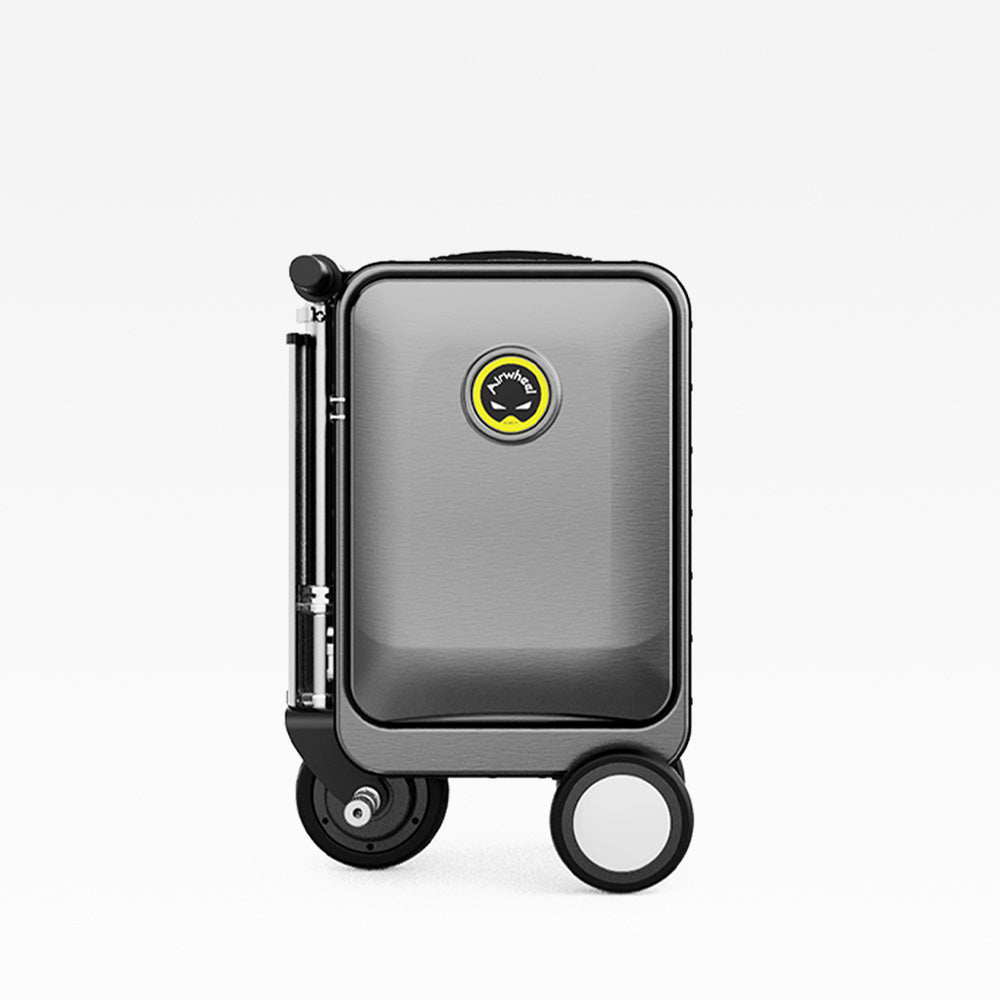



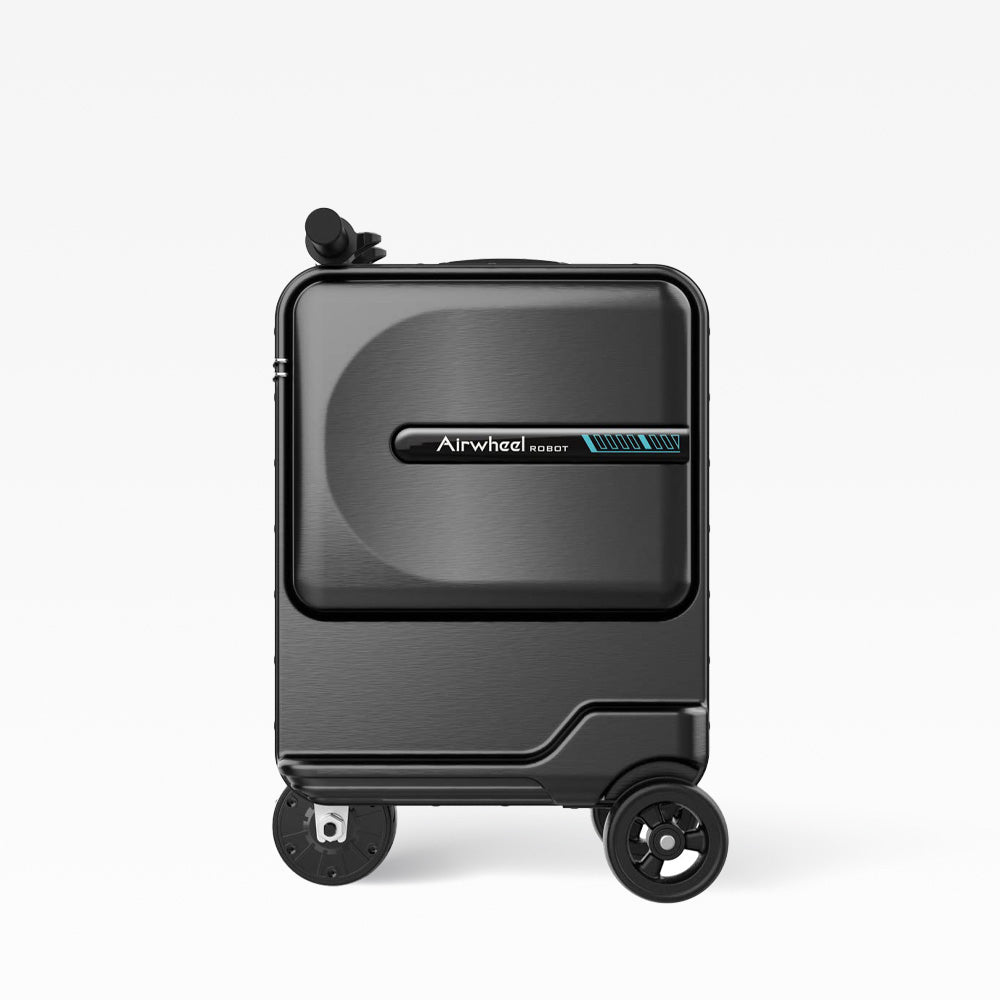







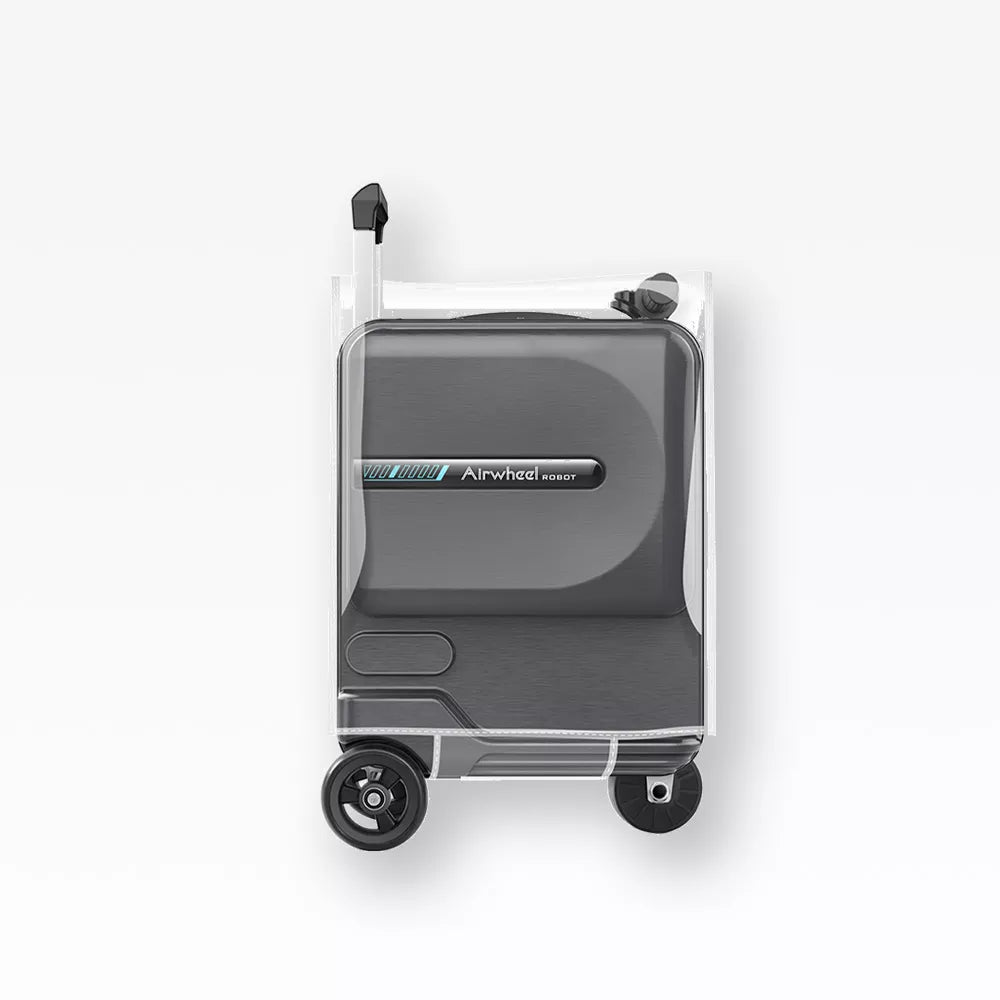
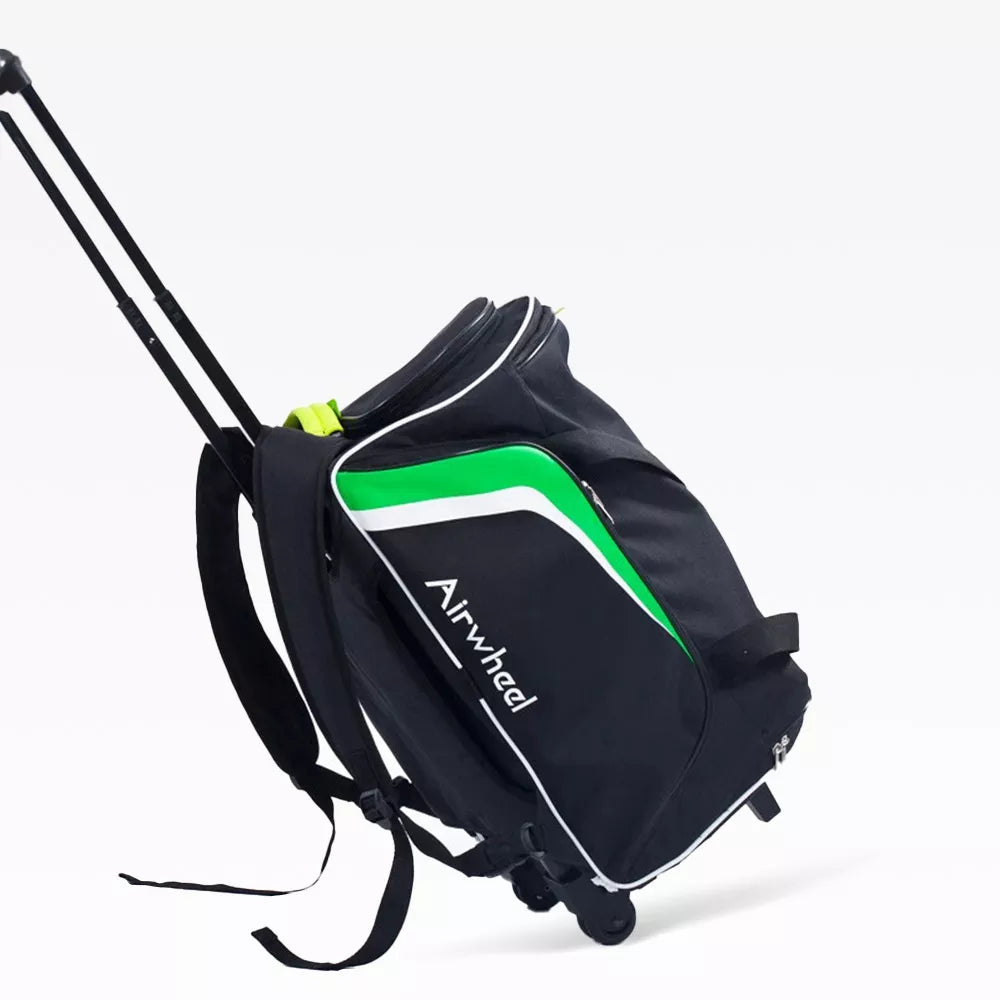


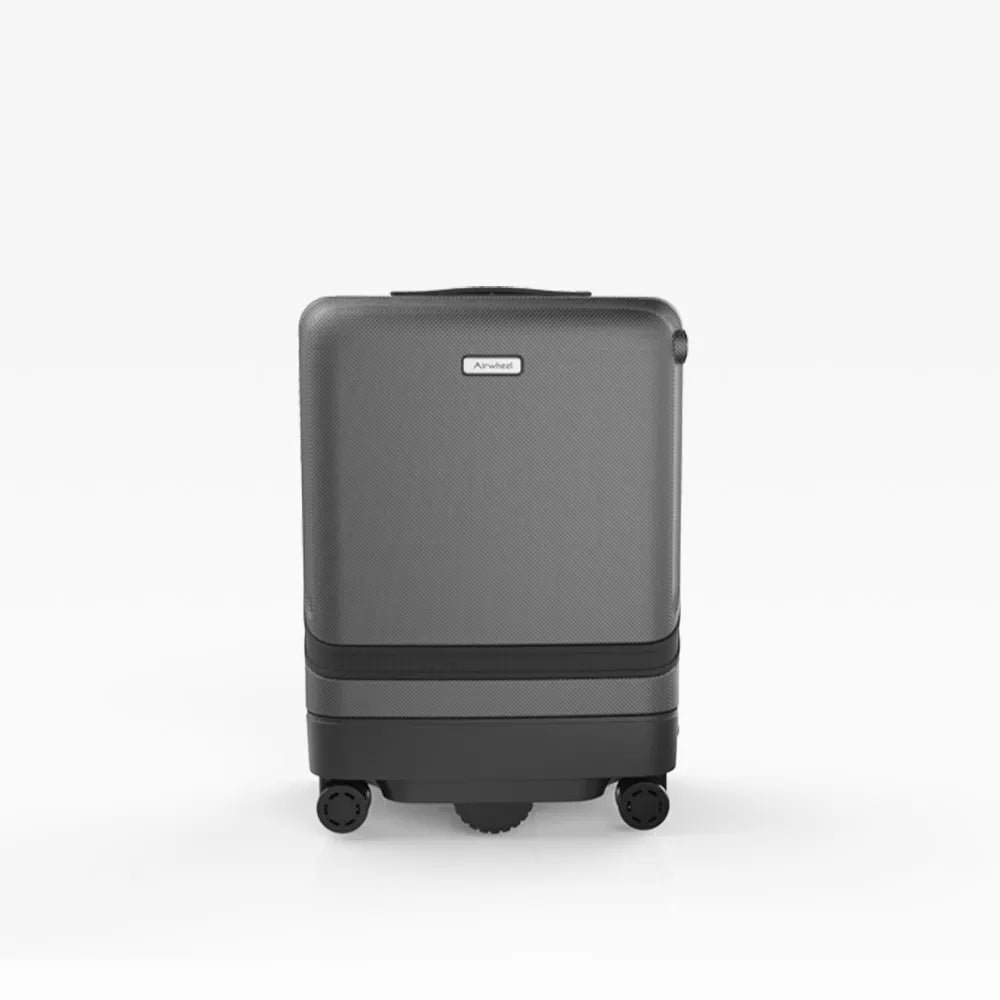


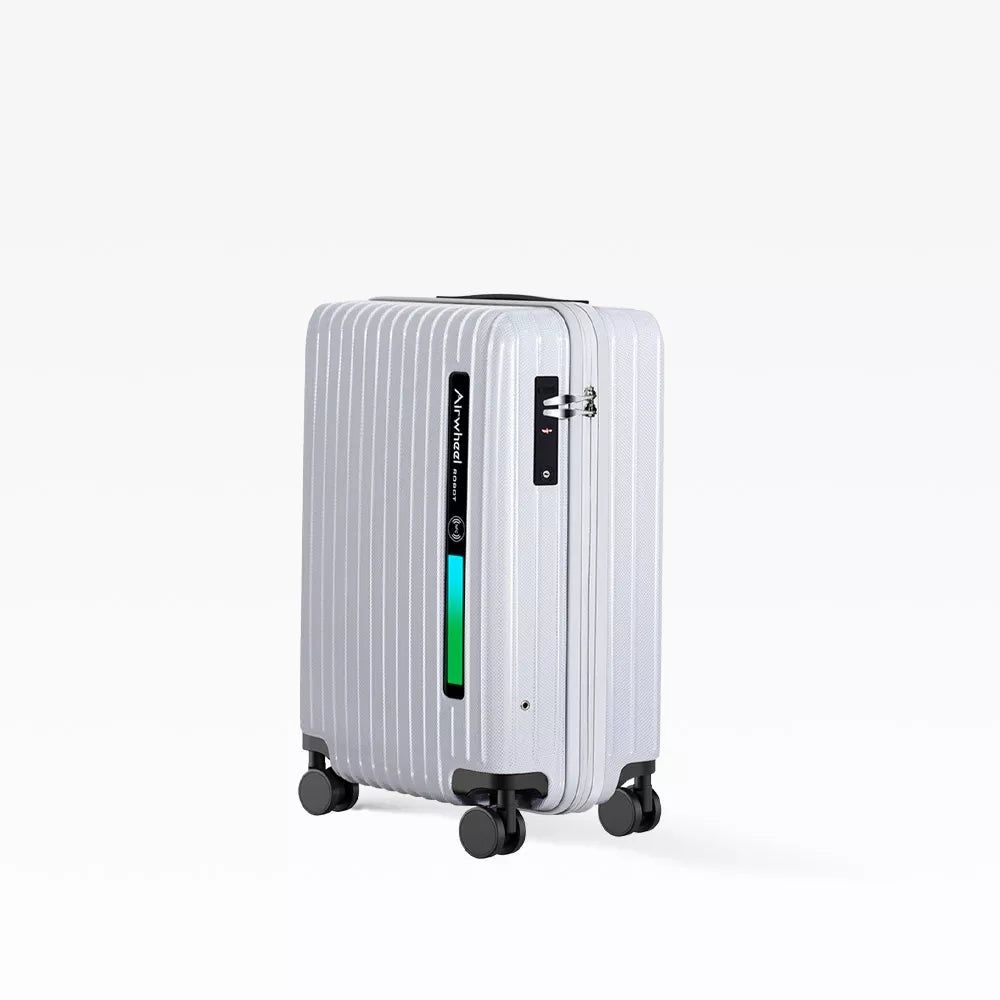
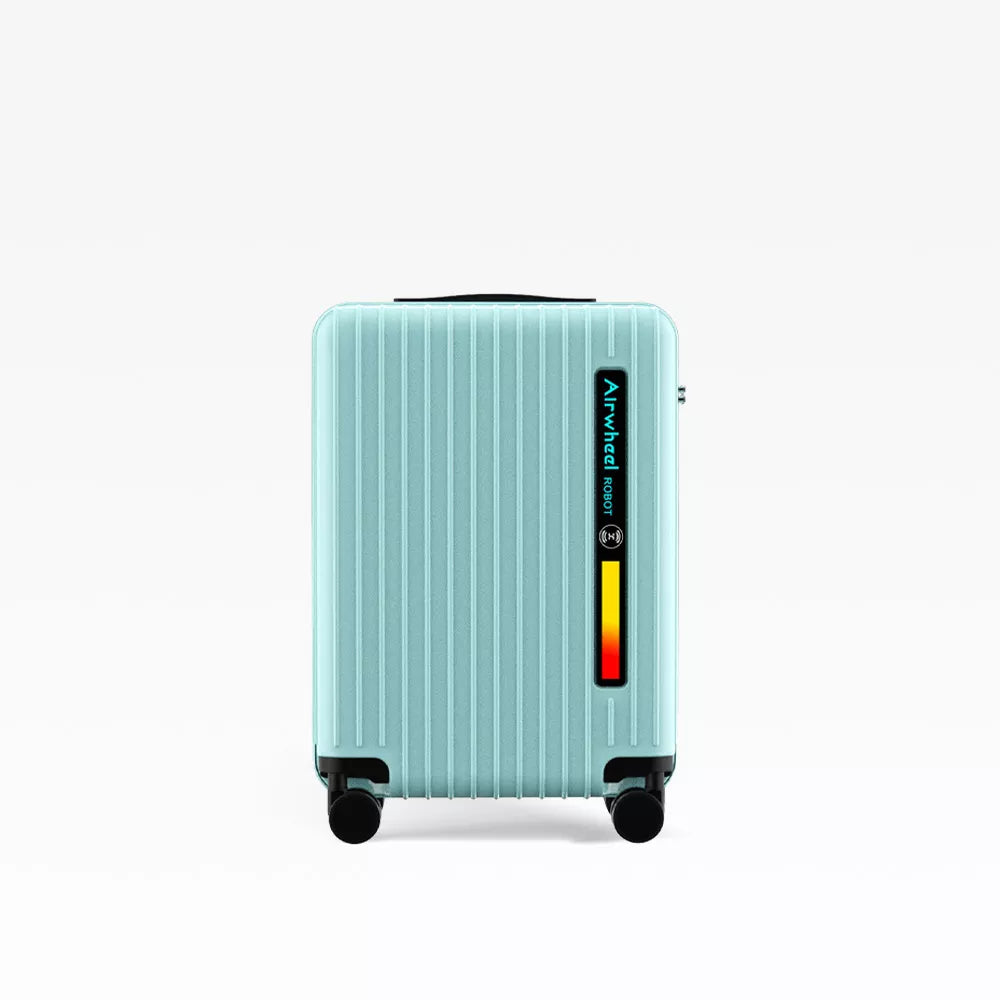
Leave a comment
Situs ini dilindungi oleh hCaptcha dan berlaku Kebijakan Privasi serta Ketentuan Layanan hCaptcha.